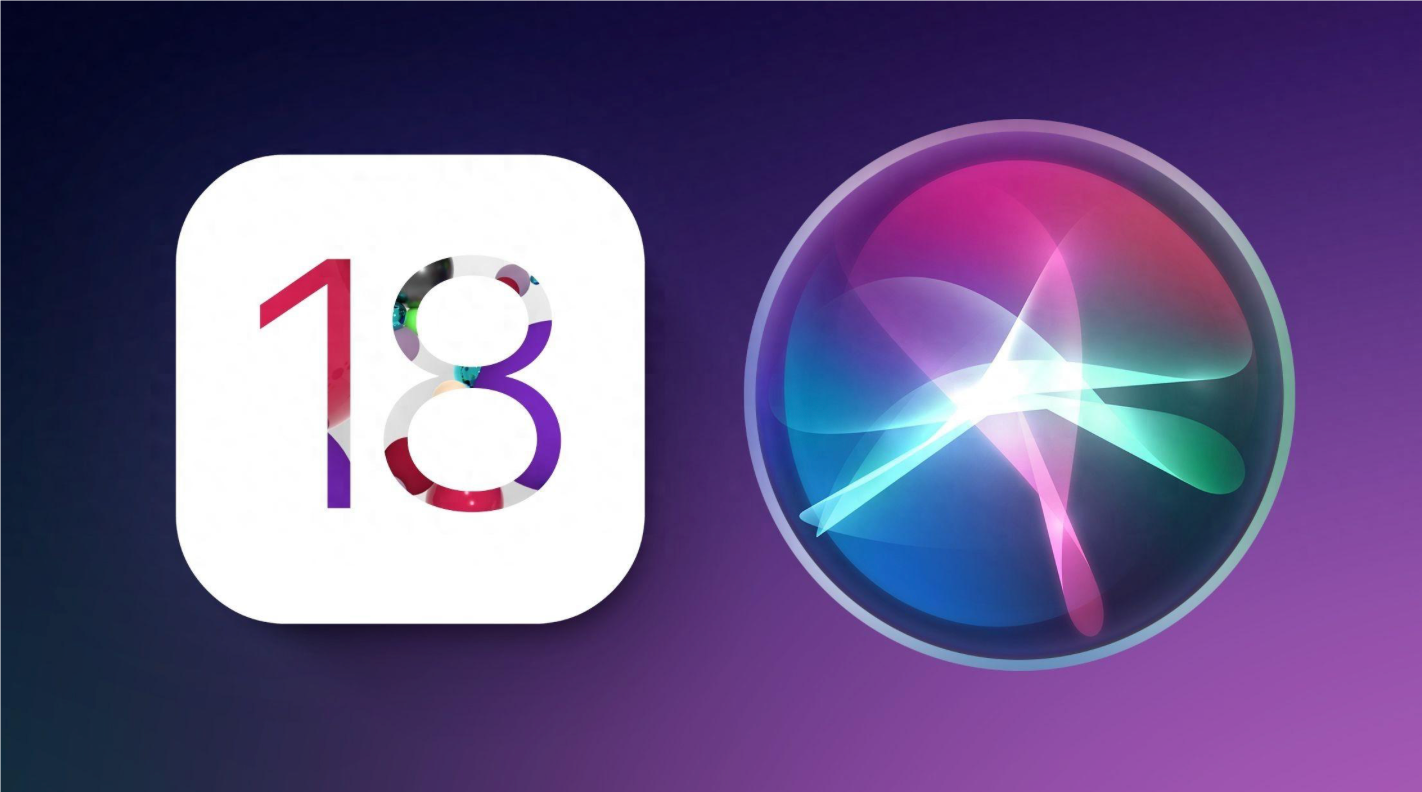
The transition to Apple Silicon has reshaped Apple's hardware landscape and influenced user behavior, extending the lifespan of Macs and altering upgrade cycles.
Background: The Intel Era
Before 2020, Apple relied heavily on Intel processors for its Mac computers. The partnership began in 2006, bringing significant performance improvements and helping Apple gain a stronger foothold in the personal computing market. However, as technology advanced, the limitations of relying on a third party for critical components became apparent. Intel's slower pace—and failed promises—in advancing its chip technology lagged behind the demands of Apple's vision for its products.
The Arrival of Apple Silicon
The introduction of the M1 chip in 2020 set the stage for a new era of Apple computing. This transition to Apple Silicon marked a significant shift in performance, efficiency, and user experience, leading to a notable change in user behavior and device longevity.
User Adoption and Changing Upgrade Cycles
The transition to Apple Silicon had a notable effect on user behavior. According to the latest report by Consumer Intelligence Research Partners (CIRP), the percentage of Mac owners who kept their previous device for more than two years increased from 59% in 2020 to 68% in 2023. This trend aligns with a broader pattern observed across Apple's product lines, including iPhones and iPads, where users are holding onto their devices for longer periods.
- iPhone and Mac Longevity: In the most recent 12-month period, the percentage of iPhone and Mac computer owners whose previous device was older than two years increased to 71% and 68%, respectively. In 2020, 63% of iPhone and 59% of Mac computer owners reported owning their previous device for two years or more.
Factors Contributing to Extended Use
Several factors contribute to this shift:
1. Improved Performance: The enhanced performance of Apple Silicon Macs means users are less inclined to upgrade frequently. These Macs can handle demanding tasks for several years, reducing the need for new hardware.
2. Pandemic Impact: The COVID-19 pandemic led to a surge in demand for reliable technology as people adapted to remote work and online education. This situation encouraged many to invest in new devices during the early days of the pandemic.
3. Economic Uncertainty: Continuing economic uncertainties and the need for cost-effective solutions have been encouraging users to hold onto their existing devices for longer.
4. Market Shift to Cloud-Based Applications: As the market for traditional desktop software continues to shrink in favor of cloud-based applications, the need for frequent hardware upgrades has declined.
Future Focus: Battery Life
With Apple Silicon meeting the needs of various customers, the next focus may be on battery life. "In fact, for most laptop owners, improvement in battery longevity may be the most important factor, which may have also reached a satisfactory threshold," CIRP says. This focus on battery life could further influence how long users hold onto their devices.
Conclusion
The transition to Apple Silicon has significantly impacted the longevity and upgrade cycles of Macs, with users holding onto their devices for longer periods due to improved performance, economic factors, and shifts in technology use. As Apple continues to innovate, factors like battery life will likely play an increasing role in how long users keep their Macs.




















